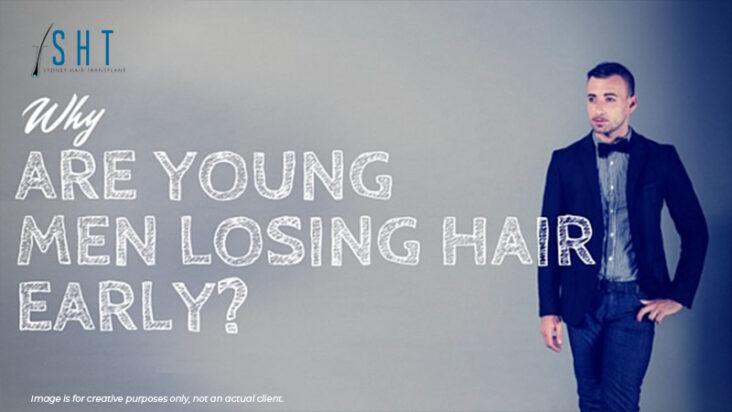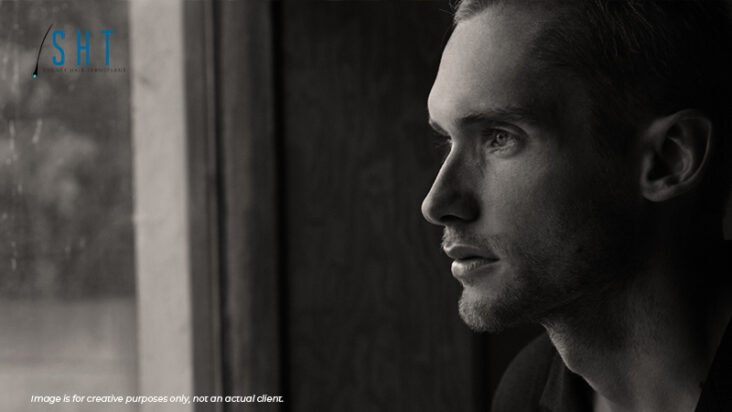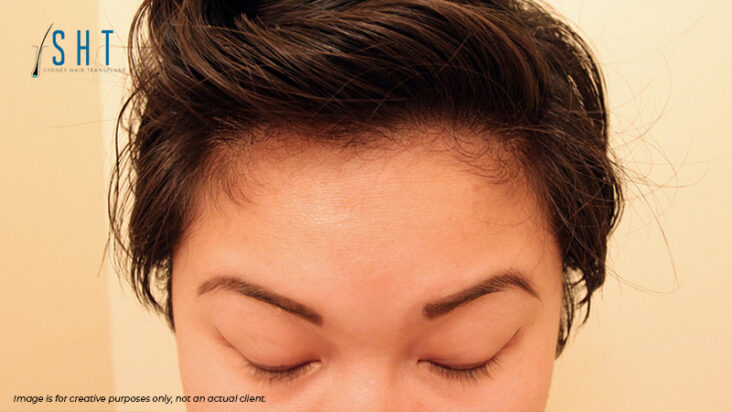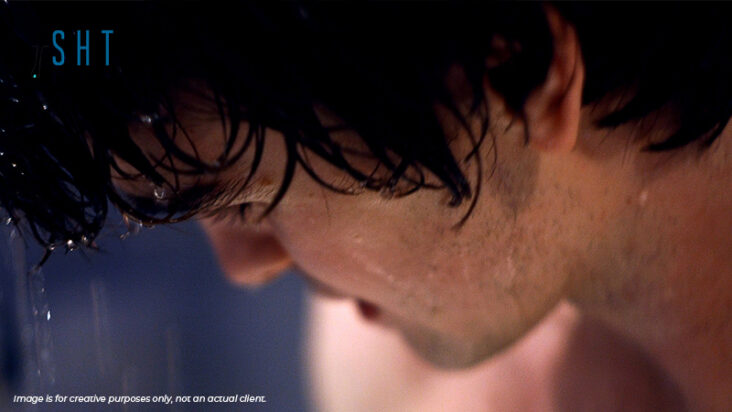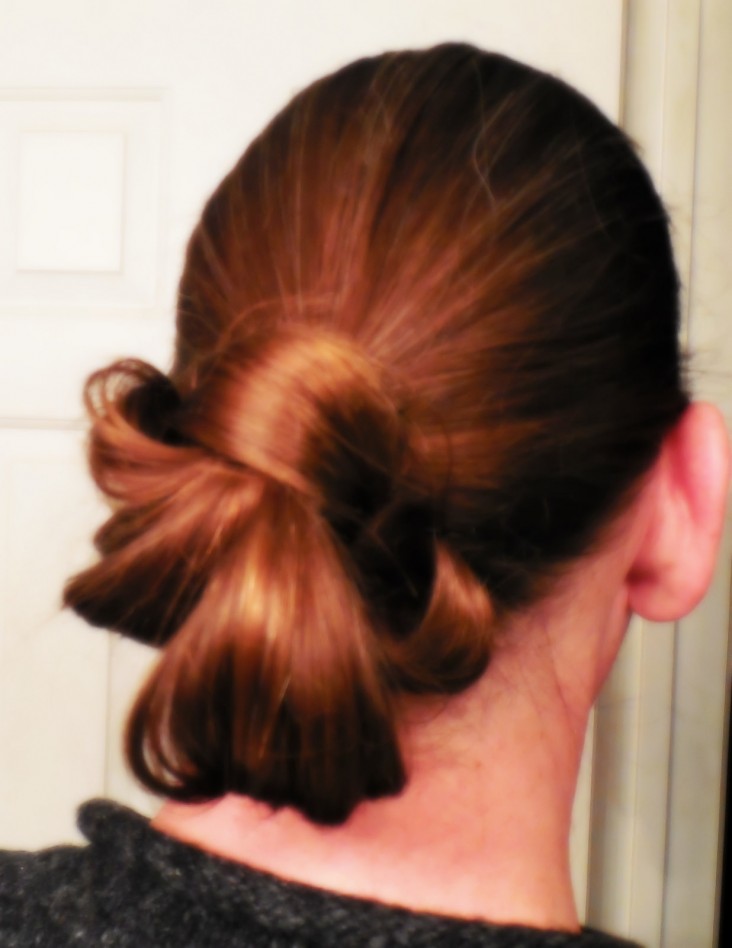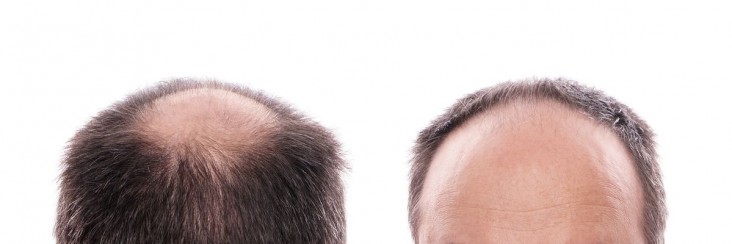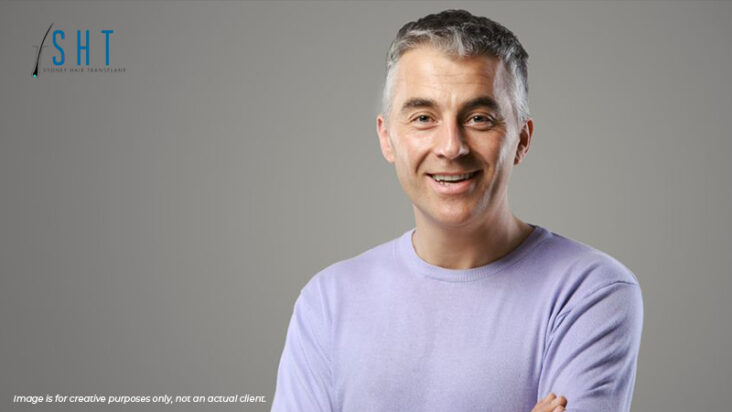Back in the day a person suffering from hair loss can only choose between a wig, a hat, or maybe go as far as hitching their hopes on snake oil. Some are left simply accepting their lot, however even on the other hand there is not much to get either. Fortunately for us today, we are given several options that are products of research and years of improvement, hence more reliable and effective. Let’s take a closer look at these common hair loss treatments available.
Saw Palmetto
There is an inclination towards natural solutions deeming that these are “safer” than other available options. The treatment of hair loss is no exception with saw palmetto brought to the fore as one of the easier all-natural solutions.
Research on its effectiveness is still limited, but the effects claimed that saw palmetto is able to create is promising. It is said that the extract of the plant’s berries can block 5-alpha reductase, the enzyme that converts testosterone to DHT (dihydrotestosterone) – the culprit behind male pattern baldness. This action earned saw palmetto its name as “nature’s Propecia.”
One study by Prager et. al. found that some components of saw palmetto is made into supplement form and given to participants who are males between the ages of 23 and 64. Results showed that study 60% of study participants taking the said supplement showed an improvement with their hair.
Pros:
- Natural solution, hence it is relatively safer than medications.
- It is a potent natural 5-alpha reductase inhibitor.
- Unlike Propecia, which is known to have accompanying sexual side effects, saw palmetto is used to treat low sex drive and low sperm count.
Cons
- Not the one and done hair loss treatment, and can only be considered as a supplementary hair loss treatment.
- Assuming that it works for you, it is necessary that you take it daily in the long term to maintain the effects.
- It can have some blood-thinning components, and it can also cause minor discomforts in some such as fatigue, headache, and dizziness.
Hairpieces
We are so fortunate today that we can choose from a plethora of wigs that are exquisitely designed to the point that they look seamless and natural. Even though Donald Trump may not have gotten the memo, but we are eons away from simply settling for bad comb-overs. This option can give you an easier way out of feeling awkward in certain situations where thinning areas may get more attention.
Aside from wigs, you may also opt for adhesive hair extensions or clip-ons if it can be well hidden and styled, and not get ugly track marks like Britney Spears.
Pros:
- Wigs can look natural, and it can come in different forms and colors to suit your preference and features.
- Wigs are easy to put on and go, making it more convenient.
Cons
- This can only be a temporary solution.
- Weaves can also be good for so long because even if it creates natural-looking outcome, it can be detrimental for your locks in the long run.
Minoxidil
Also known as Rogaine, this medications is formulated to combat hair loss in women. It is an FDA-approved treatment that is applied topically on the scalp. It is only used for hair loss caused by female pattern baldness, or androgenetic alopecia, and not anything else.
Minoxidil may be popularly known to correct hair loss in females, but it can also be used on men. The ladies can use the 2% formula, while men fare well with 5%. Many claim that this works best when your hair is just starting to shed. Some even went as far as using this as a hair hack to thicken their eyebrows. However, some experts would say that it doesn’t stimulate growth in these areas.
Pros
- This product can be bought over-the-counter, which means you don’t need a doctor’s prescription to get it.
- Minoxidil have been seen to slow down or stop hair loss in some women who used it.
Cons
- It can be expensive as two ounces could go as much as $32 on the average in Sydney, and you may have to use this indefinitely to maintain the result.
- The effects can take several months to be noticed. You may have to take it for at least 4 months to a year to see some results.
- It can be inconvenient because the regimen has to be done twice a day.
- There are some complaints about it being irritating to the skin.
- It can cause more hair loss during the first four weeks that you are using it, and experts explain this to be due to the old hairs being forced out by new ones making their way to the surface.
Finasteride
Know in its brand name, Propecia, this medication was originally formulated for benign prostatic hypertophy (BPH). However, it was later on discovered that it can also cause hair growth, and it soon lead to its use for hair loss treatments. In line with this, another thing that is also worth noting is that Finasteride is for adult men only and not for those below 18. It is also advised against women.
This drug has always been the most widely used hair loss treatment with a lot of men vouching for its effectiveness. But it isn’t always sunshine with this drug either as it also comes with some side effects. Recently, it has been called into question due to what is said to be irreversible sexual side effects.
Pros:
- It is effective in the vast majority of users.
- It is convenient to use, as it can only be taken orally.
- It stabilizes further hair loss in most cases.
- Almost cost negligible especially if you get the generic, Proscar.
Cons:
- It has to be taken indefinitely to ensure that you maintain the results.
- It takes substantial time to see stabilization or growth, usually around 6-9 months.
- There are several reports of different sexual problems in long-term users such as erectile dysfunction and the loss of libido among many others.
- Gynecomastia (man boobs) is also another reported side effect.
Low Level Laser
Another non-invasive option to halt hair loss and promote hair restoration is low level laser therapy. It is more advanced in a sense that it only uses laser light to perform its action. Aside from being offered in clinics, you can also get laser combs which you can use right at the comfort of your home.
LLL is not used as a sole hair loss treatment because often it is used in conjunction with others to boost their effects. There have been several good reviews although experts maintain that this is not a cut and dry treatment for hair loss.
Pros:
- This is non-invasive and it is not painful.
- It is convenient, especially if you can get hold of the laser comb types.
- It is able to boost hair health.
- This treatment is generally safe.
Cons:
- It is not a stand-alone treatment.
- There still needs to be more evidence regarding the effectiveness of this type of treatment.
Hair Transplant
Hair transplant is by far the most invasive hair loss treatment, and one that can give long lasting results. It involves removing hair grafts, or what is referred to as donor hairs, which are then transferred to the balding areas.
This is a very complicated procedure that requires experience and a good eye for aesthetics. Therefore, it is important to go for a surgeon with those qualifications. This procedure has been in practice for several years, and over that span of time the practice has far improved. If you browse through portfolios today, you can see that there are several impressive results, however you need to make your research to land someone who can give you this outcome.
Pros:
- It leaves you with permanent and natural-looking results.
- Your hairline can be customized right down to the smallest groove to suit your profile.
- Many who have gone under the knife for this procedure have become very satisfied with their results, granted of course, that they went with a good surgeon.
Cons:
- Like any surgery, this procedure comes with risks such as bleeding, infection, and many other. Although occurence is rare, but this should be taken into consideration.
- It may look worse before it gets better. The actual results can actually take around 10-12 months.
Hair loss treatments have their strong points and certain drawbacks, but ultimately their highest positive output that should be considered by an individual, and how it would be suitable for his case.
Do you have more questions or concerns that we haven’t covered here? Come talk to us at the Sydney Hair Transplant Clinic and let’s sort through the problem with our free consultation.


